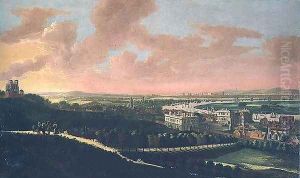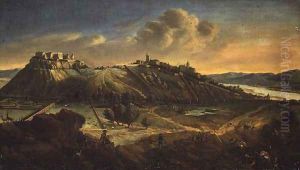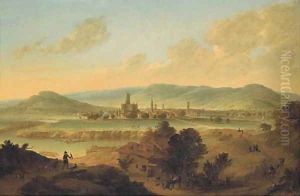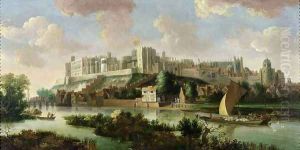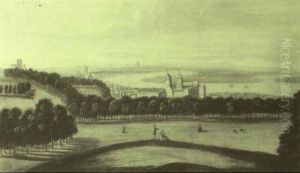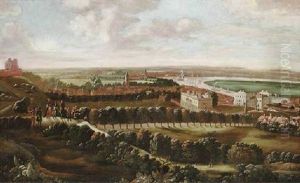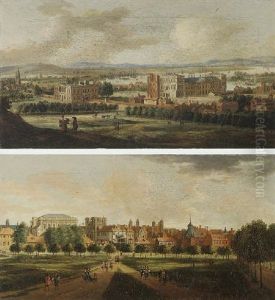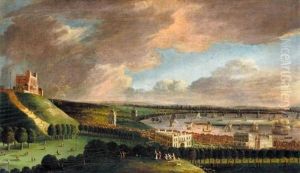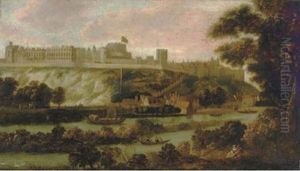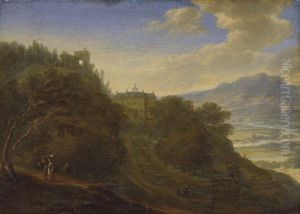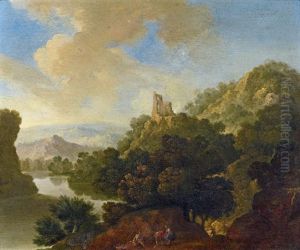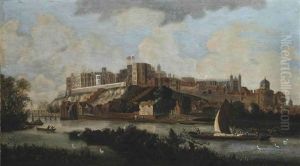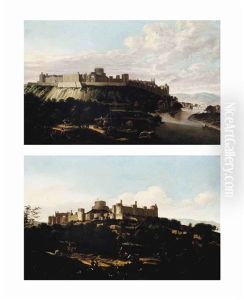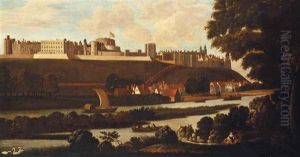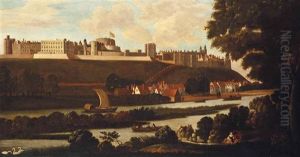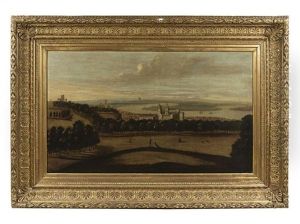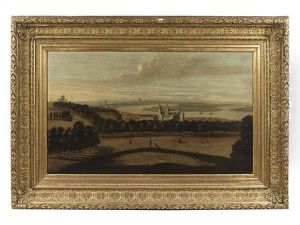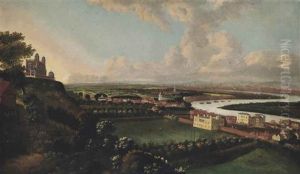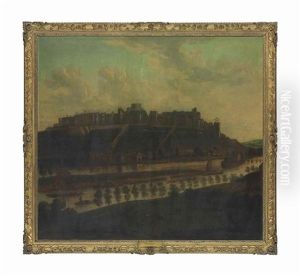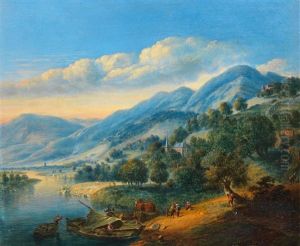Johannes Vorsterman Paintings
Johannes Vorsterman, also known as Jan or Johan Vorstermans, was a Flemish engraver, born around 1595-96, likely in Antwerp, which was then part of the Spanish Netherlands. He was the son of the engraver Lucas Vorsterman the Elder, who was a prominent figure in his own right and had worked closely with the artist Peter Paul Rubens. Johannes followed in his father's footsteps by pursuing a career in the engraving arts, a trade that was highly respected and in demand during the Baroque period.
Vorsterman's work was characterized by a precise and meticulous engraving style, which he employed to reproduce the works of contemporary artists. Such reproductions were a primary means through which the compositions of famous painters became widely known. Vorsterman's engravings after paintings by artists like Rubens helped to disseminate their styles and compositions throughout Europe, contributing significantly to their posthumous fame.
Despite the popularity of his engravings and the importance of his role in the art world, specific details about Vorsterman's life are scarce. It is believed that he spent most of his life in Antwerp, which was a bustling center for the arts and trade during the 17th century. He worked within the thriving print market, producing engravings that would be sold to collectors, scholars, and art enthusiasts. His works often featured religious, mythological, and historical scenes, which were popular subjects of the time.
Johannes Vorsterman's death is estimated to have occurred around 1675. The exact details and circumstances of his death, like much of his life, remain unclear. Despite this, his contributions to the field of engraving have ensured that his name, alongside his father's, remains recognized in the annals of art history. His engravings continue to be studied and appreciated for their technical skill and for the role they played in the cultural exchange of artistic ideas during the Baroque era.
